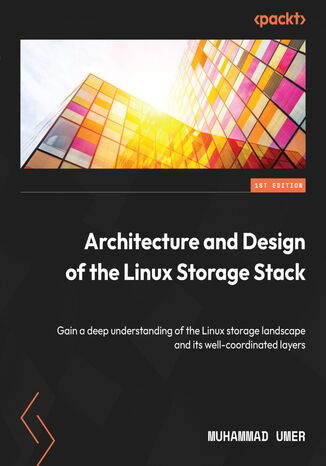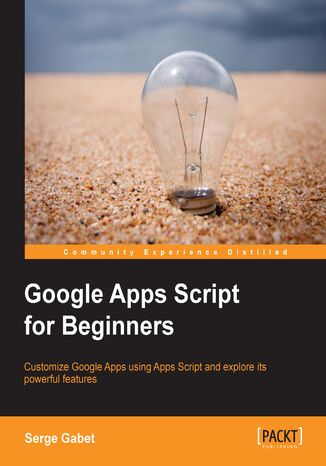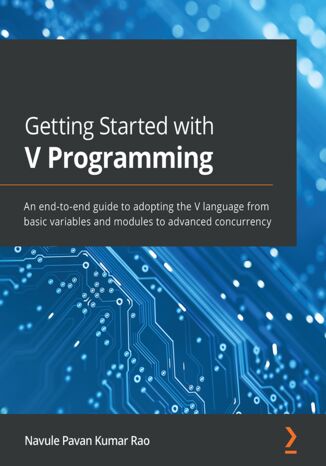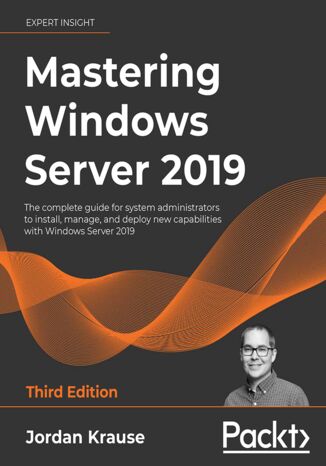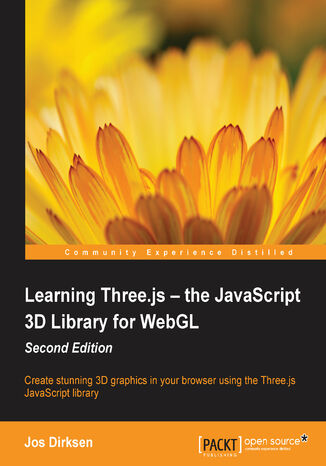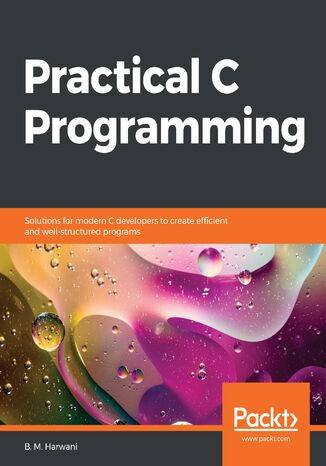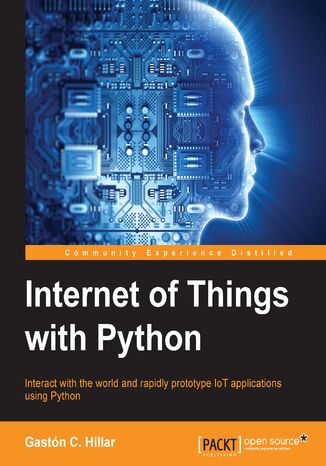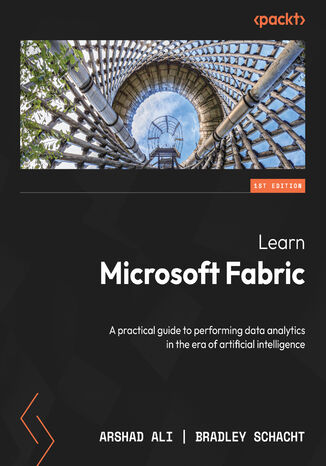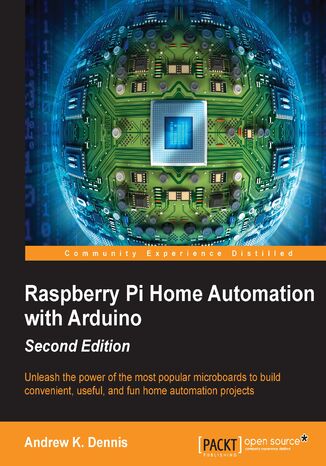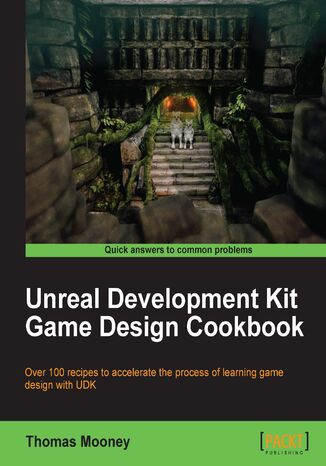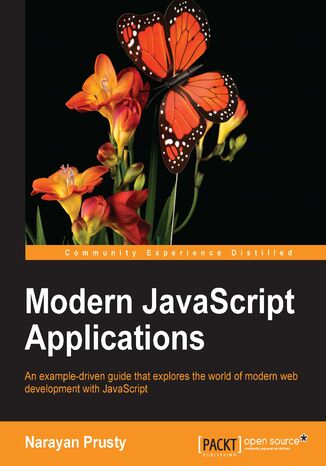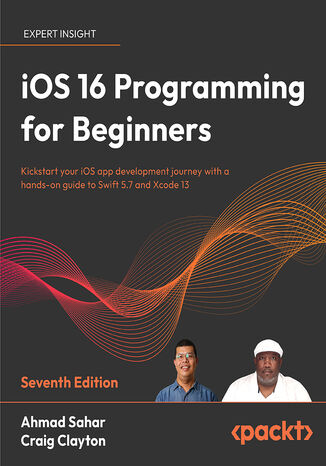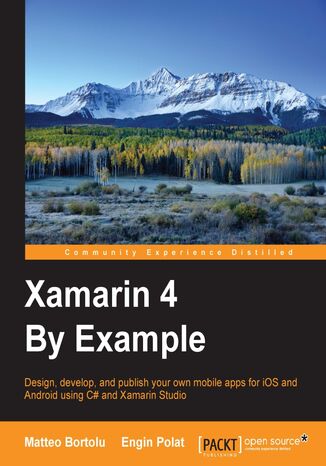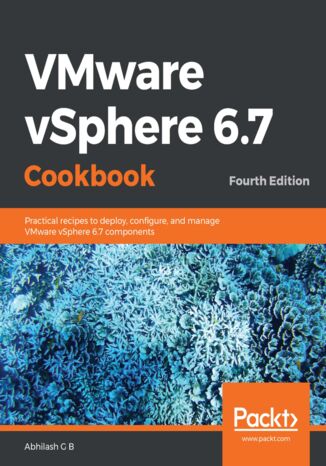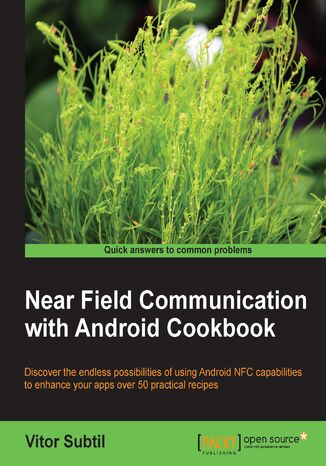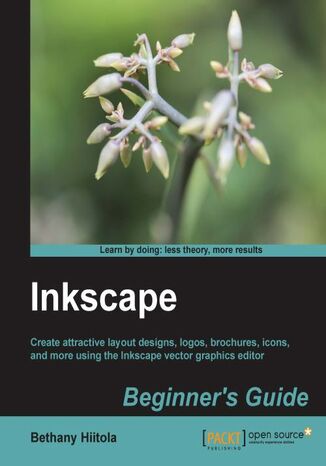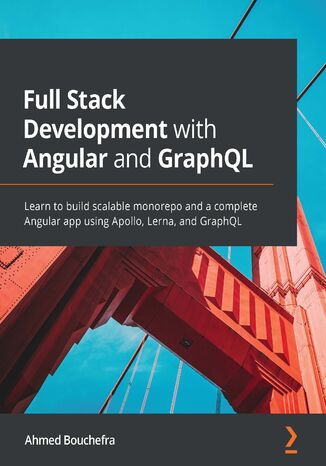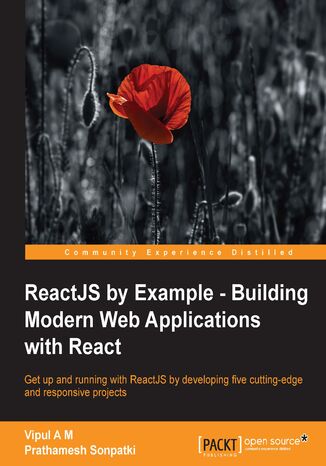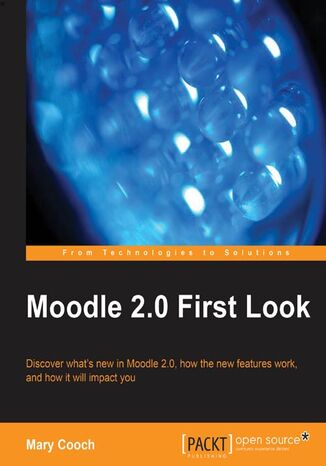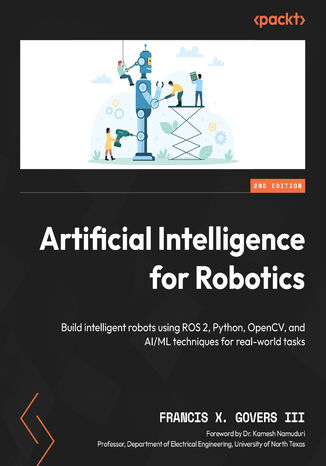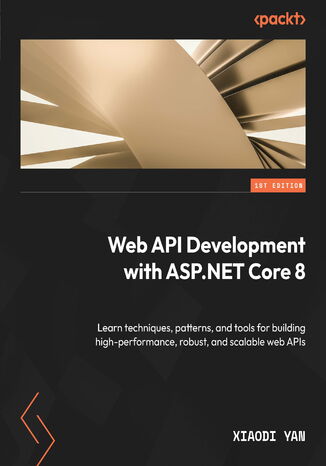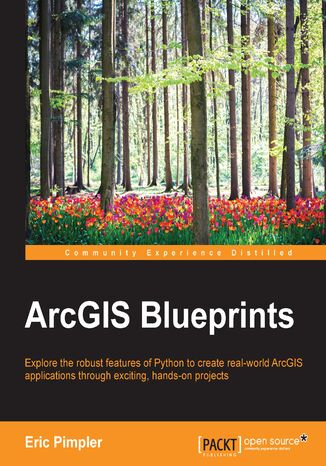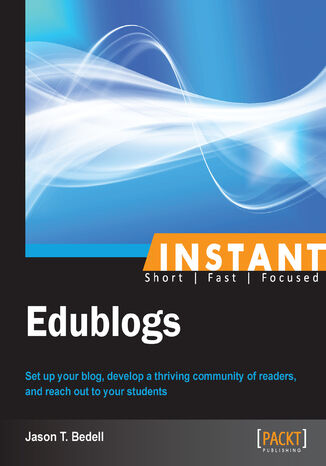Kategorien
E-Books
-
Wirtschaft
- Bitcoin
- Geschäftsfrau
- Coaching
- Controlling
- E-Business
- Ökonomie
- Finanzen
- Börse und Investitionen
- Persönliche Kompetenzen
- Computer im Büro
- Kommunikation und Verhandlungen
- Kleines Unternehmen
- Marketing
- Motivation
- Multimedia-Training
- Immobilien
- Überzeugung und NLP
- Steuern
- Sozialpolitik
- Handbȕcher
- Präsentationen
- Führung
- Public Relation
- Berichte, Analysen
- Geheimnis
- Social Media
- Verkauf
- Start-up
- Ihre Karriere
- Management
- Projektmanagement
- Personal (HR)
-
Für Kinder
-
Für Jugendliche
-
Bildung
-
Enzyklopädien, Wörterbücher
-
E-Presse
- Architektura i wnętrza
- Sicherheit und Gesundheit am Arbeitsplatz
- Biznes i Ekonomia
- Haus und Garten
- E-Business
- Ekonomia i finanse
- Esoterik
- Finanzen
- Persönliche Finanzen
- Unternehmen
- Fotografie
- Informatik
- HR und Gehaltsabrechnung
- Frauen
- Computer, Excel
- Buchhaltung
- Kultur und Literatur
- Wissenschaftlich und akademisch
- Umweltschutz
- meinungsbildend
- Bildung
- Steuern
- Reisen
- Psychologie
- Religion
- Landwirtschaft
- Buch- und Pressemarkt
- Transport und Spedition
- Gesundheit und Schönheit
-
Geschichte
-
Informatik
- Office-Programme
- Datenbank
- Bioinformatik
- IT Branche
- CAD/CAM
- Digital Lifestyle
- DTP
- Elektronik
- Digitale Fotografie
- Computergrafik
- Spiele
- Hacking
- Hardware
- IT w ekonomii
- Wissenschaftliche Pakete
- Schulbücher
- Computergrundlagen
- Programmierung
- Mobile-Programmierung
- Internet-Server
- Computernetzwerke
- Start-up
- Betriebssysteme
- Künstliche Inteligenz
- Technik für Kinder
- Webmaster
-
Andere
-
Fremdsprachen lernen
-
Kultur und Kunst
-
Lektüre
-
Literatur
- Anthologien
- Ballade
- Biografien und Autobiografien
- Für Erwachsene
- Drama
- Tagebücher, Memoiren, Briefe
- Epos
- Essay
- Science Fiction
- Felietonys
- Fiktion
- Humor, Satire
- Andere
- Klassisch
- Krimi
- Sachbücher
- Belletristik
- Mity i legendy
- Nobelpreisträger
- Kurzgeschichten
- Gesellschaftlich
- Okultyzm i magia
- Erzählung
- Erinnerungen
- Reisen
- Gedicht
- Poesie
- Politik
- Populärwissenschaftlich
- Roman
- Historischer Roman
- Prosa
- Abenteuer
- Journalismus
- Reportage
- Romans i literatura obyczajowa
- Sensation
- Thriller, Horror
- Interviews und Erinnerungen
-
Naturwissenschaften
-
Sozialwissenschaften
-
Schulbücher
-
Populärwissenschaft und akademisch
- Archäologie
- Bibliotekoznawstwo
- Filmwissenschaft
- Philologie
- Polnische Philologie
- Philosophie
- Finanse i bankowość
- Erdkunde
- Wirtschaft
- Handel. Weltwirtschaft
- Geschichte und Archäologie
- Kunst- und Architekturgeschichte
- Kulturwissenschaft
- Linguistik
- Literaturwissenschaft
- Logistik
- Mathematik
- Medizin
- Geisteswissenschaften
- Pädagogik
- Lehrmittel
- Populärwissenschaftlich
- Andere
- Psychologie
- Soziologie
- Theatrologie
- Teologie
- Theorien und Wirtschaftswissenschaften
- Transport i spedycja
- Sportunterricht
- Zarządzanie i marketing
-
Handbȕcher
-
Spielanleitungen
-
Professioneller und fachkundige Leitfaden
-
Jura
- Sicherheit und Gesundheit am Arbeitsplatz
- Geschichte
- Verkehrsregeln. Führerschein
- Rechtswissenschaften
- Gesundheitswesen
- Allgemeines. Wissenskompendium
- akademische Bücher
- Andere
- Bau- und Wohnungsrecht
- Zivilrecht
- Finanzrecht
- Wirtschaftsrecht
- Wirtschafts- und Handelsrecht
- Strafrecht
- Strafrecht. Kriminelle Taten. Kriminologie
- Internationales Recht
- Internationales und ausländisches Recht
- Gesundheitsschutzgesetz
- Bildungsrecht
- Steuerrecht
- Arbeits- und Sozialversicherungsrecht
- Öffentliches, Verfassungs- und Verwaltungsrecht
- Familien- und Vormundschaftsrecht
- Agrarrecht
- Sozialrecht, Arbeitsrecht
- EU-Recht
- Industrie
- Agrar- und Umweltschutz
- Wörterbücher und Enzyklopädien
- Öffentliche Auftragsvergabe
- Management
-
Führer und Reisen
- Afrika
- Alben
- Südamerika
- Mittel- und Nordamerika
- Australien, Neuseeland, Ozeanien
- Österreich
- Asien
- Balkan
- Naher Osten
- Bulgarien
- China
- Kroatien
- Tschechische Republik
- Dänemark
- Ägypten
- Estland
- Europa
- Frankreich
- Berge
- Griechenland
- Spanien
- Niederlande
- Island
- Litauen
- Lettland
- Mapy, Plany miast, Atlasy
- Miniführer
- Deutschland
- Norwegen
- Aktive Reisen
- Polen
- Portugal
- Andere
- Przewodniki po hotelach i restauracjach
- Russland
- Rumänien
- Slowakei
- Slowenien
- Schweiz
- Schweden
- Welt
- Türkei
- Ukraine
- Ungarn
- Großbritannien
- Italien
-
Psychologie
- Lebensphilosophien
- Kompetencje psychospołeczne
- zwischenmenschliche Kommunikation
- Mindfulness
- Allgemeines
- Überzeugung und NLP
- Akademische Psychologie
- Psychologie von Seele und Geist
- Arbeitspsychologie
- Relacje i związki
- Elternschafts- und Kinderpsychologie
- Problemlösung
- Intellektuelle Entwicklung
- Geheimnis
- Sexualität
- Verführung
- Aussehen ind Image
- Lebensphilosophien
-
Religion
-
Sport, Fitness, Diäten
-
Technik und Mechanik
Hörbücher
-
Wirtschaft
- Bitcoin
- Geschäftsfrau
- Coaching
- Controlling
- E-Business
- Ökonomie
- Finanzen
- Börse und Investitionen
- Persönliche Kompetenzen
- Kommunikation und Verhandlungen
- Kleines Unternehmen
- Marketing
- Motivation
- Immobilien
- Überzeugung und NLP
- Steuern
- Sozialpolitik
- Handbȕcher
- Präsentationen
- Führung
- Public Relation
- Geheimnis
- Social Media
- Verkauf
- Start-up
- Ihre Karriere
- Management
- Projektmanagement
- Personal (HR)
-
Für Kinder
-
Für Jugendliche
-
Bildung
-
Enzyklopädien, Wörterbücher
-
E-Presse
-
Geschichte
-
Informatik
-
Andere
-
Fremdsprachen lernen
-
Kultur und Kunst
-
Lektüre
-
Literatur
- Anthologien
- Ballade
- Biografien und Autobiografien
- Für Erwachsene
- Drama
- Tagebücher, Memoiren, Briefe
- Epos
- Essay
- Science Fiction
- Felietonys
- Fiktion
- Humor, Satire
- Andere
- Klassisch
- Krimi
- Sachbücher
- Belletristik
- Mity i legendy
- Nobelpreisträger
- Kurzgeschichten
- Gesellschaftlich
- Okultyzm i magia
- Erzählung
- Erinnerungen
- Reisen
- Poesie
- Politik
- Populärwissenschaftlich
- Roman
- Historischer Roman
- Prosa
- Abenteuer
- Journalismus
- Reportage
- Romans i literatura obyczajowa
- Sensation
- Thriller, Horror
- Interviews und Erinnerungen
-
Naturwissenschaften
-
Sozialwissenschaften
-
Populärwissenschaft und akademisch
- Archäologie
- Philosophie
- Wirtschaft
- Handel. Weltwirtschaft
- Geschichte und Archäologie
- Kunst- und Architekturgeschichte
- Kulturwissenschaft
- Literaturwissenschaft
- Mathematik
- Medizin
- Geisteswissenschaften
- Pädagogik
- Lehrmittel
- Populärwissenschaftlich
- Andere
- Psychologie
- Soziologie
- Teologie
- Zarządzanie i marketing
-
Handbȕcher
-
Professioneller und fachkundige Leitfaden
-
Jura
-
Führer und Reisen
-
Psychologie
- Lebensphilosophien
- zwischenmenschliche Kommunikation
- Mindfulness
- Allgemeines
- Überzeugung und NLP
- Akademische Psychologie
- Psychologie von Seele und Geist
- Arbeitspsychologie
- Relacje i związki
- Elternschafts- und Kinderpsychologie
- Problemlösung
- Intellektuelle Entwicklung
- Geheimnis
- Sexualität
- Verführung
- Aussehen ind Image
- Lebensphilosophien
-
Religion
-
Sport, Fitness, Diäten
-
Technik und Mechanik
Videokurse
-
Datenbank
-
Big Data
-
Biznes, ekonomia i marketing
-
Cybersicherheit
-
Data Science
-
DevOps
-
Für Kinder
-
Elektronik
-
Grafik / Video / CAX
-
Spiele
-
Microsoft Office
-
Entwicklungstools
-
Programmierung
-
Persönliche Entwicklung
-
Computernetzwerke
-
Betriebssysteme
-
Softwaretest
-
Mobile Geräte
-
UX/UI
-
Web development
-
Management
Podcasts
A strong engineering team is the backbone of any technical company, and smart managers are always looking to hire top talent. Recruiting and interviewing engineers in a smart way is essential to the growth of your team and your company. In this saturated hiring market, your positions must stand out among the big name companies, and your hiring processes must be rigorous, fair and efficient.This comprehensive guide will show you how to hire outstanding technical employees. With its step-by-step instructions and examples, Interviewing Engineering Graduates will take you all the way through the process, from attracting great candidates to making hiring decisions with confidence.Hiring engineers is a complex, expensive and crucial process. This book will get you organized quickly and prepare you to make the right decisions every step of the way. First, you’ll see how to market your open jobs effectively through writing amazing job descriptions, and selling your company to top engineers so that you get the best applicants. You’ll then learn to narrow the field by identifying the best resumes. Using our tips, tricks and templates, you can design, plan and prepare thoroughly for smooth running, multi-stage assessments and interviews. Finally, you’ll easily identify which engineers will be top performers for your company, get your whole team involved in the hiring decision, and clinch that final offer!
The Linux storage stack serves as a prime example of meticulously coordinated layers. Embark on a journey through the kernel code with Architecture and Design of the Linux Storage Stack, crafted for anyone seeking in-depth knowledge about the layered design of Linux storage and its landscape.You’ll explore the Linux storage stack and its various concepts. You’ll unlock the secrets of the virtual filesystem and the actual filesystem and the differences in their implementation, the role of the block layer, the Multi-Queue and Device Mapper frameworks, I/O schedulers, physical storage layout, and how to analyze all the layers in the storage stack.By the end of this book, you’ll be acquainted with how a simple I/O request from a process travels down through all the layers and ends up in physical storage.
A new language on the block, V comes with a promising set of features such as fast compilation and interoperability with other programming languages. This is the first book on the V programming language, packed with concise information and a walkthrough of all the features you need to know to get started with the language.The book begins by covering the fundamentals to help you learn about the basic features of V and the suite of built-in libraries available within the V ecosystem. You'll become familiar with primitive data types, declaring variables, arrays, and maps. In addition to basic programming, you'll develop a solid understanding of the building blocks of programming, including functions, structs, and modules in the V programming language.As you advance through the chapters, you'll learn how to implement concurrency in V Programming, and finally learn how to write test cases for functions. This book takes you through an end-to-end project that will guide you to build fast and maintainable RESTful microservices by leveraging the power of V and its built-in libraries.By the end of this V programming book, you'll be well-versed with the V programming language and be able to start writing your own programs and applications.
Written by a nine-time Microsoft MVP award winner with over twenty years of experience working in IT, Mastering Windows Server 2019 is a hands-on guide for anyone looking to keep their skills up to date.This third edition comes with four new chapters to provide you with the in-depth knowledge needed to implement and use this operating system in any environment.Centralized management, monitoring, and configuration of servers are key to an efficient IT department.This book delves into multiple methods for quickly managing all your servers from a ‘single pane of glass' — the ability to monitor different servers across a network using Server Manager, Windows PowerShell, and even Windows Admin Center — from anywhere. Despite the focus on Windows Server 2019 LTSC, you will still explore containers and Nano Server, which are more related to the SAC of server releases. This additional coverage will give you insights into all aspects of using Windows Server 2019 in your environment.This book covers a range of remote access technologies available in this operating system, teaches management of PKI and certificates, and empowers you to virtualize your datacenter with Hyper-V. You will also discover the tools and software included with Windows Server 2019 that assist in the inevitable troubleshooting of problems that crop up.
Used in everything from microcontrollers to operating systems, C is a popular programming language among developers because of its flexibility and versatility. This book helps you get hands-on with various tasks, covering the fundamental as well as complex C programming concepts that are essential for making real-life applications.You’ll start with recipes for arrays, strings, user-defined functions, and pre-processing directives. Once you’re familiar with the basic features, you’ll gradually move on to learning pointers, file handling, concurrency, networking, and inter-process communication (IPC). The book then illustrates how to carry out searching and arrange data using different sorting techniques, before demonstrating the implementation of data structures such as stacks and queues. Later, you’ll learn interesting programming features such as using graphics for drawing and animation, and the application of general-purpose utilities. Finally, the book will take you through advanced concepts such as low-level programming, embedded software, IoT, and security in coding, as well as techniques for improving code performance.By the end of this book, you'll have a clear understanding of C programming, and have the skills you need to develop robust apps.
Internet of Things with Python. Create exciting IoT solutions
Internet of Things (IoT) is revolutionizing the way devices/things interact with each other. And when you have IoT with Python on your side, you'll be able to build interactive objects and design them. This book lets you stay at the forefront of cutting-edge research on IoT. We'll open up the possibilities using tools that enable you to interact with the world, such as Intel Galileo Gen 2, sensors, and other hardware. You will learn how to read, write, and convert digital values to generate analog output by programming Pulse Width Modulation (PWM) in Python. You will get familiar with the complex communication system included in the board, so you can interact with any shield, actuator, or sensor. Later on, you will not only see how to work with data received from the sensors, but also perform actions by sending them to a specific shield. You'll be able to connect your IoT device to the entire world, by integrating WiFi, Bluetooth, and Internet settings. With everything ready, you will see how to work in real time on your IoT device using the MQTT protocol in python.By the end of the book, you will be able to develop IoT prototypes with Python, libraries, and tools.
Discover the capabilities of Microsoft Fabric, the premier unified solution designed for the AI era, seamlessly combining data integration, OneLake, transformation, visualization, universal security, and a unified business model. This book provides an overview of Microsoft Fabric, its components, and the wider analytics landscape.In this book, you'll explore workloads such as Data Factory, Synapse Data Engineering, data science, data warehouse, real-time analytics, and Power BI. You’ll learn how to build end-to-end lakehouse and data warehouse solutions using the medallion architecture, unlock the real-time analytics, and implement machine learning and AI models. As you progress, you’ll build expertise in monitoring workloads and administering Fabric across tenants, capacities, and workspaces. The book also guides you step by step through enhancing security and governance practices in Microsoft Fabric and implementing CI/CD workflows with Azure DevOps or GitHub. Finally, you’ll discover the power of Copilot, an AI-driven assistant that accelerates your analytics journey.By the end of this book, you’ll have unlocked the full potential of AI-driven data analytics, gaining a comprehensive understanding of the analytics landscape and mastery over the essential concepts and principles of Microsoft Fabric.
UDK is a free, world class game editing tool and being so powerful it can be daunting to learn. This guide offers an excellent set of targeted recipes to help game artists get up to speed with game designing in UDK.Unreal Development Kit Game Design Cookbook contains everything you need to jumpstart your game design efforts. The lessons are aimed squarely at the artist's field of production, with recipes on asset handling, creating content within the editor, animation and visual scripting to get the content working in gameplay.Unreal Game Development Kit Game Design Cookbook exposes how real-time environments are built using UDK tools. Key features are examined ñ assets, animation, light, materials, game controls, user interface, special effects, and game interactivity - with the view of making UDK technically accessible so users can transcend technique and focus on their creative design process. The book has well prepared recipes for level designers and artists of all levels. It covers core design tools and processes in the editor, particularly setting up characters, UI approaches, configuration and scripting gameplay. It is a technical guide that allows game artists to go beyond just creating assets, and it includes creative, extensive demonstrations that extend on mere functionality.
Modern JavaScript Applications. Keep abreast of the practical uses of modern JavaScript
Over the years, JavaScript has become vital to the development of a wide range of applications with different architectures. But JS moves lightning fast, and it’s easy to fall behind. Modern JavaScript Applications is designed to get you exploring the latest features of JavaScript and how they can be applied to develop high-quality applications with different architectures. Begin by creating a single page application that builds on the innovative MVC approach using AngularJS, then move forward to develop an enterprise-level application with the microservices architecture using Node to build web services. After that, shift your focus to network programming concepts as you build a real-time web application with websockets. Learn to build responsive, declarative UIs with React and Bootstrap, and see how the performance of web applications can be enhanced using Functional Reactive Programming (FRP). Along the way, explore how the power of JavaScript can be increased multi-fold with high performance techniques. By the end of the book, you’ll be a skilled JavaScript developer with a solid knowledge of the latest JavaScript techniques, tools, and architecture to build modern web apps.
With almost 2 million apps on the App Store, iOS mobile apps continue to be incredibly popular. Anyone can reach millions of customers around the world by publishing their apps on the App Store, which means that competent iOS developers are in high demand.iOS 16 Programming for Beginners, Seventh Edition, is a comprehensive introduction for those who are new to iOS, covering the entire process of learning the Swift language, writing your own app, and publishing it on the App Store.This book follows a hands-on approach. With step-by-step tutorials to real-life examples and easy-to-understand explanations of complicated topics, each chapter will help you learn and practice the Swift language to build your apps and introduce exciting new technologies to incorporate into your apps. You'll learn how to publish iOS apps and work with new iOS 16 features such as Mac Catalyst, SwiftUI, Lock Screen widgets, WeatherKit, and much more.By the end of this iOS development book, you'll have the knowledge and skills to write and publish interesting apps, and more importantly, to use the online resources available to enhance your app development journey.
Xamarin 4 By Example. Build impressive mobile applications with Xamarin Studio 6
Matteo Bortolu, Engin Polat, Mark Radacz
The mobile app market is increasing exponentially every year. Xamarin Studio with its modern and powerful IDEs makes creating applications a lot easier by simplifying the development process. Xamarin will allow you and your team to create native applications by taking advantage of one of the most evolved programming language in the world: C#.This book will provide you with the basic skills you need to start developing mobile apps using C# and Xamarin. By working through the examples in each chapter, you will gain hands-on experience of creating a complete app that is fully functional by all means. Finally, you will learn to publish the app you created on the app market. Each project in this book will take you one step closer to becoming a professional app developer.
VMware vSphere is the most comprehensive core suite of SDDC solutions on the market. It helps transform data centers into simplified on-premises private cloud infrastructures. This edition of the book focuses on the latest version, vSphere 6.7. The books starts with chapters covering the greenfield deployment of vSphere 6.7 components and the upgrade of existing vSphere components to 6.7. You will then learn how to configure storage and network access for a vSphere environment. Get to grips with optimizing your vSphere environment for resource distribution and utilization using features such as DRS and DPM, along with enabling high availability for vSphere components using vSphere HA, VMware FT, and VCHA. Then, you will learn how to facilitate large-scale deployment of stateless/stateful ESXi hosts using Auto Deploy. Finally, you will explore how to upgrade/patch a vSphere environment using vSphere Update Manager, secure it using SSL certificates, and then monitor its performance with tools such as vSphere Performance Charts and esxtop. By the end of this book, you'll be well versed in the core functionalities of vSphere 6.7 and be able to effectively deploy, manage, secure, and monitor your environment.
Learning to use Inkscape, an exciting open-source vector graphics program, broadens your software toolkit as a graphic designer. Using practical, real-world examples, you'll learn everything about the software and its capabilities so you'll be able to design anything from logos to websites.Inkscape Beginner's Guide is a practical step-by-step guide for learning this exciting vector graphics software. Not only will it take you through each menu item and toolbar, but you will also learn about creating complex shapes, text styling, filters, working with images, extensions, and the XML editoróall using real world examples.The book starts with an overview of vector graphics and how best to use them when designing for digital and print mediums. Then we install Inkscape and start learning all the ins and outs of the software. You'll build your first vector graphic while learning best practices for using layers, and build simple and complex objects with shapes and paths that will ultimately become exciting graphics to be used in your designs. Beyond designing sample logos and brochures while learning the software, you'll also learn how to use filters, install and use extensions, and the ins-and-outs of SVG and the XML Editor in Inkscape.
GraphQL is an alternative to traditional REST technology for querying Web APIs. Together with Angular and TypeScript, it provides a tech stack option for building future-proof web applications that are robust and maintainable at any scale.This book leverages the potential of cutting-edge technologies like GraphQL and Apollo and helps Angular developers add it to their stack. Starting with introducing full-stack development, you will learn to create a monorepo project with Lerna and NPM Workspaces. You will then learn to configure Node.js-based backend using GraphQL, Express, and Apollo Server. The book will demonstrate how to build professional-looking UIs with Angular Material. It will then show you how to create Web APIs for your frontend with GraphQL. All this in a step-by-step manner. The book covers advanced topics such as local state management, reactive variables, and generating TypeScript types using the GraphQL scheme to develop a scalable codebase.By the end of this book, you'll have the skills you need to be able to build your full-stack application.
Prathamesh Sonpatki, Vipul A M
ReactJS is an open-source JavaScript library that brings the power of reactive programming to web applications and sites. It aims to address the challenges encountered in developing single-page applications, and is intended to help developers build large, easily scalable and changing web apps.Starting with a project on Open Library API, you will be introduced to React and JSX before moving on to learning about the life cycle of a React component. In the second project, building a multi-step wizard form, you will learn about composite dynamic components and perform DOM actions. You will also learn about building a fast search engine by exploring server-side rendering in the third project on a search engine application. Next, you will build a simple frontpage for an e-commerce app in the fourth project by using data models and React add-ons. In the final project you will develop a complete social media tracker by using the flux way of defining React apps and know about the best practices and use cases with the help of ES6 and redux.By the end of this book, you will not only have a good understanding of ReactJS but will also have built your very own responsive frontend applications from scratch.
Moodle is currently the world's most popular E-learning platform. The long-awaited second version of Moodle is now available and brings with it greatly improved functionality. If you are planning to upgrade your site to Moodle 2.0 and want to be up-to-date with the latest developments, then this book is for you.This book takes an in-depth look at all of the major new features in Moodle 2.0 and how it differs from previous Moodle versions. It highlights changes to the standard installation and explains the new features with clear screenshots, so you can quickly take full advantage of Moodle 2.0. It also assists you in upgrading your site to Moodle 2.0, and will give you the confidence to make the move up to Moodle 2.0, either as an administrator or a course teacher.With its step-by-step introduction to the new features of Moodle 2.0, this book will leave you confident and keen to get your own courses up and running on Moodle 2.0. It will take you on a journey from basic navigation to advanced administration, looking at the changes in resource management and activity setup along the way. It will show you new ways tutors and students can control the pace of their learning and introduce you to the numerous possibilities for global sharing and collaborating now available in Moodle 2.0
Francis X. Govers III, Dr. Kamesh Namuduri
Unlock the potential of your robots by enhancing their perception with cutting-edge artificial intelligence and machine learning techniques. From neural networks to computer vision, this second edition of the book equips you with the latest tools, new and expanded topics such as object recognition and creating artificial personality, and practical use cases to create truly smart robots.Starting with robotics basics, robot architecture, control systems, and decision-making theory, this book presents systems-engineering methods to design problem-solving robots with single-board computers. You'll explore object recognition using YOLO and genetic algorithms to teach your robot to identify and pick up objects, leverage natural language processing to give your robot a voice, and master neural networks to classify and separate objects and navigate autonomously, before advancing to guiding your robot arms using reinforcement learning and genetic algorithms. The book also covers path planning and goal-oriented programming to prioritize your robot's tasks, showing you how to connect all software using Python and ROS 2 for a seamless experience.By the end of this book, you'll have learned how to transform your robot into a helpful assistant with NLP and give it an artificial personality, ready to tackle real-world tasks and even crack jokes.
Web API applications have become increasingly significant in recent years, fueled by the ever-accelerating pace of technological advancements. However, with this rapid evolution comes the need to create web API apps that are not only functional but also adaptable, maintainable, and scalable to meet the demands of users and businesses alike. This book draws from the author’s immense technical expertise and decades of experience in software development to help you address this challenge head-on, equipping you with the knowledge and skills required to develop web API apps from scratch.By providing a deeper understanding of the various protocols implemented by ASP.NET Core, including RESTful, SignalR (WebSocket), gRPC, and GraphQL, supplemented by practical examples and optimization techniques, such as using middleware, testing, caching, and logging, this book offers invaluable insights for both newcomers as well as seasoned developers to meet modern web development requirements. Additionally, you’ll discover how to use cloud platforms such as Azure and Azure DevOps to enhance the development and operational aspects of your application.By the end of this book, you’ll be fully prepared to undertake enterprise-grade web API projects with confidence, harnessing the latest advancements in ASP.NET Core 8 to drive innovation.
This book is an immersive guide to take your ArcGIS Desktop application development skills to the next levelIt starts off by providing detailed description and examples of how to create ArcGIS Desktop Python toolboxes that will serve as containers for many of the applications that you will build. We provide several practical projects that involve building a local area/community map and extracting wildfire data. You will then learn how to build tools that can access data from ArcGIS Server using the ArcGIS REST API. Furthermore, we deal with the integration of additional open source Python libraries into your applications, which will help you chart and graph advanced GUI development; read and write JSON, CSV, and XML format data sources; write outputs to Google Earth Pro, and more. Along the way, you will be introduced to advanced ArcPy Mapping and ArcPy Data Access module techniques and use data-driven Pages to automate the creation of map books.Finally, you will learn advanced techniques to work with video and social media feeds. By the end of the book, you will have your own desktop application without having spent too much time learning sophisticated theory.
Blogging is a way of publicly thinking and sharing. It allows us to connect with others, crystallize our thoughts, and get authentic feedback from others in education – parents, students, and educators from all over the world. This translates into becoming an effective practitioner. Edublogs allows you to build a platform where you can share your life and knowledge with others. Connect with other educators and support each other as you grow together.Instant Edublogs will show you how to start a blog and improve it with powerful plugins. It then goes into detail about how to choose and customize engaging themes, write and manage posts, and even more. It will delve into the most advanced features that Edublogs offers and help you start blogging collectively with your students.Instant Edublogs takes a systemic and step-by-step approach from the very beginning. It will show you how to start a blog, and choose a title and theme. It then moves onto the more advanced features, such as utilizing plugins for specialized functionality and growing readership through social media. This book also gives you tips and ideas on how to reach out to your students so that they can reap the benefits of community and public writing. Follow this book to become a pro at blogging with Edublogs.


